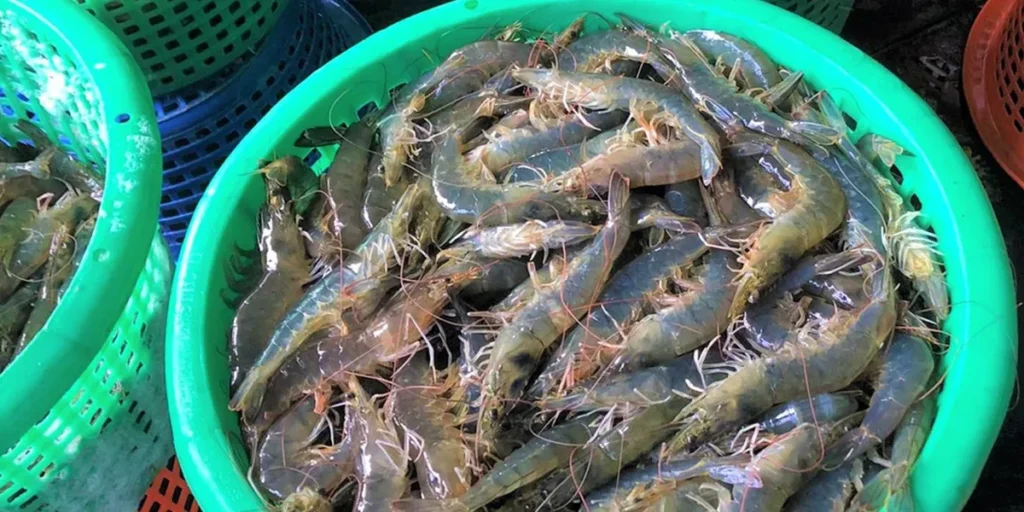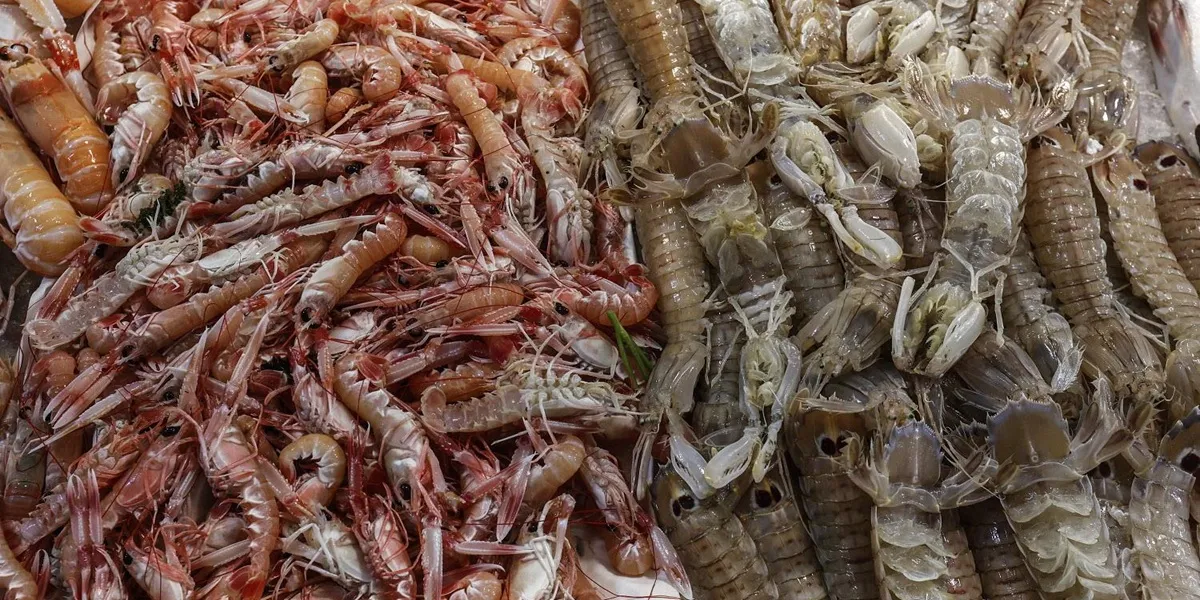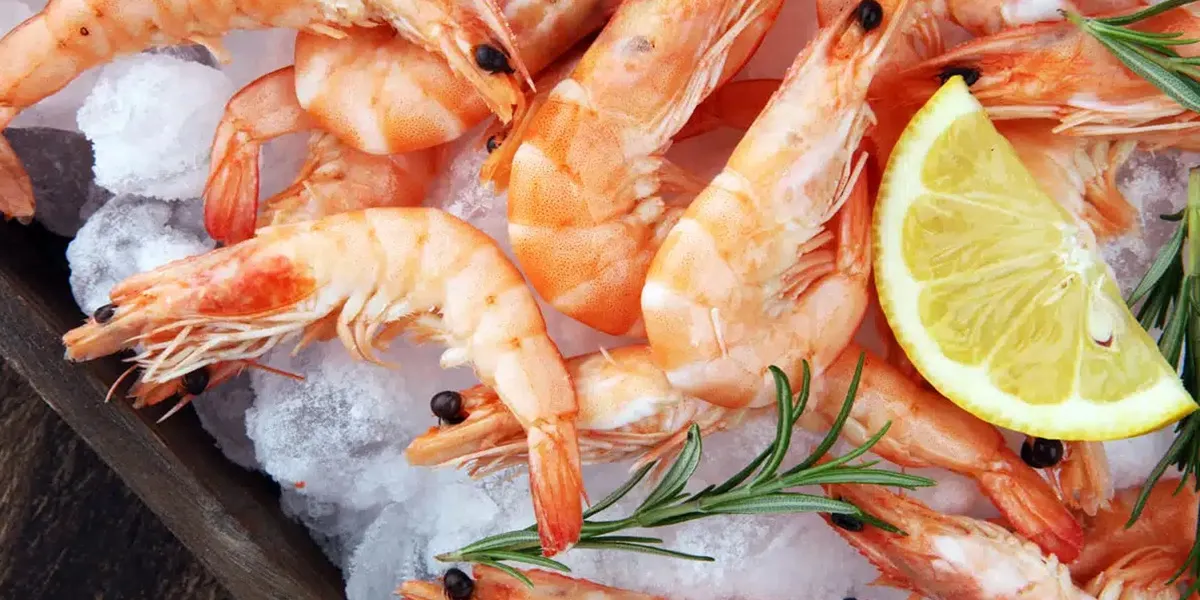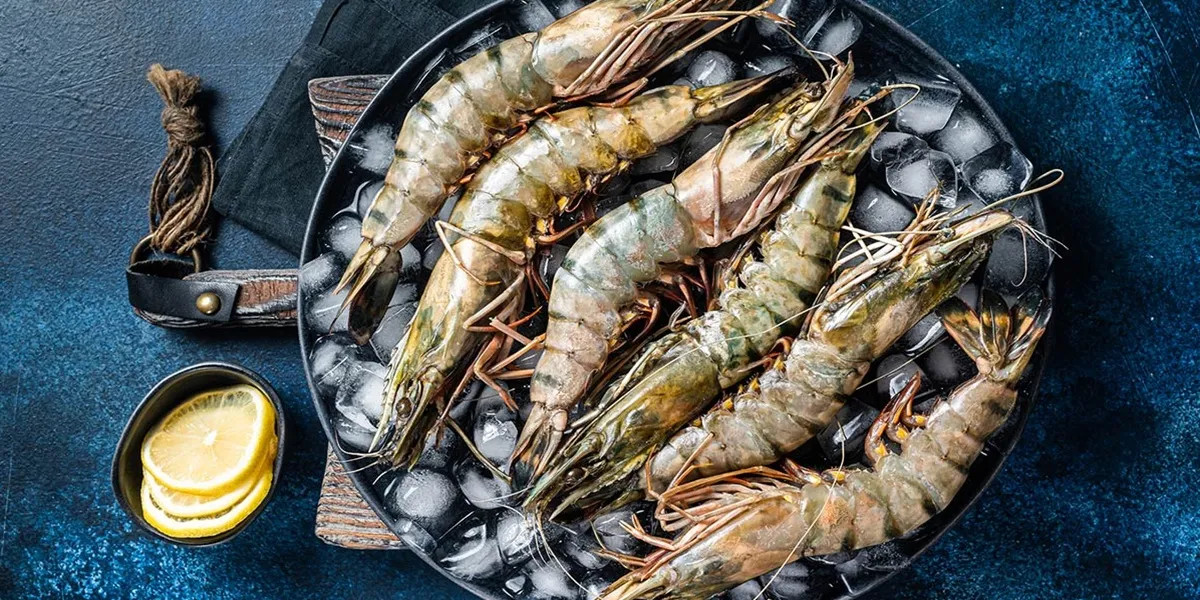The global shrimp market has undergone significant transformation over the past decade. Increasing consumer demand for seafood, technological advancements in aquaculture, and expanding international trade networks have all contributed to the rapid growth of this sector. Countries such as Thailand, India, Ecuador, and Vietnam have emerged as leading exporters, supplying shrimp to major markets in North America, Europe, and Asia.
Shrimp is prized for its taste, versatility, and nutritional value, which makes it a staple in both everyday meals and fine dining. The growth of the global shrimp market not only benefits consumers but also provides economic opportunities for local communities engaged in aquaculture, processing, and export.
Overview of the Global Shrimp Market
The international shrimp trade is a multi-billion-dollar industry. According to the Food and Agriculture Organization (FAO), the annual export value of shrimp exceeds $7 billion, with millions of tons shipped globally each year.
| Country | Major Shrimp Types | Annual Export Volume (tons) | Primary Markets |
|---|---|---|---|
| Thailand | Whiteleg shrimp, Tiger shrimp | 400,000+ | USA, Japan, EU |
| India | Black tiger shrimp, Whiteleg shrimp | 350,000+ | USA, Middle East, EU |
| Ecuador | Pacific white shrimp | 300,000+ | USA, China, EU |
| Vietnam | Whiteleg shrimp | 250,000+ | Japan, EU, Korea |
This table illustrates that Asia and South America dominate the shrimp export market. Exporters focus on improving quality, leveraging technology, and adopting sustainable practices to maintain competitiveness in the global shrimp market.
Factors Driving Growth in Shrimp Exports
The booming shrimp export industry is driven by multiple factors:
a. Rising Seafood Consumption
As consumers increasingly prioritize healthy diets, shrimp—rich in protein and low in fat—has become highly desirable. Market demand is particularly strong in North America, Europe, and emerging Asian economies.
b. Technological Innovations
Modern aquaculture techniques, including biofloc systems, recirculating aquaculture, and automated feeding, have increased production efficiency, reduced mortality rates, and enhanced product quality.
c. Trade Facilitation
Trade agreements and streamlined customs procedures have enabled faster and more efficient cross-border shrimp shipments, reducing delays and spoilage.
d. Improved Supply Chains
Cold storage, freezing technology, and optimized logistics have improved freshness and quality during transportation, making it feasible to export shrimp over long distances.
e. Sustainability and Certification
Eco-conscious consumers demand sustainably sourced products. Certifications such as ASC (Aquaculture Stewardship Council) and organic labels enhance market credibility and appeal.
Learn more: An introduction to premium Iranian Dates and their export potential
Economic Impact on Local Communities
The global shrimp market plays a vital role in supporting local economies, particularly in coastal and rural areas.
Key Benefits:
- Employment Creation: Shrimp farming, processing, and logistics provide thousands of jobs.
- Income Generation: Small-scale farmers and laborers benefit from steady revenue.
- Infrastructure Development: Investment in roads, ports, and cold storage supports trade.
- Skill Development: Training in aquaculture management and quality control strengthens human capital.
- Women’s Empowerment: Women often participate in processing and packaging, gaining financial independence.
The economic ripple effect of shrimp exports extends beyond the farms, fostering broader regional development.

Key Export Markets and Preferences
Understanding regional demand is crucial for exporters to succeed in the global shrimp market.
Regional Trends:
- North America: Prefers premium Whiteleg and Tiger shrimp, often frozen or peeled for convenience.
- Europe: Emphasizes sustainably sourced and traceable products, with organic certification gaining traction.
- Asia-Pacific: Growing demand for high-quality shrimp in countries like China, Japan, and South Korea.
- Middle East: Consumes large volumes of both fresh and frozen shrimp, with a preference for larger sizes.
By catering to these market preferences, exporters can enhance profitability and market reach.
Navigating Challenges in Shrimp Exports
Despite strong growth, exporters face multiple challenges:
Challenges:
- Disease Outbreaks: Viral infections like Early Mortality Syndrome (EMS) can devastate farms.
- Environmental Concerns: Shrimp aquaculture may affect local ecosystems, including mangroves and water quality.
- Regulatory Compliance: Different countries impose strict food safety, traceability, and quality standards.
- Climate Vulnerability: Extreme weather can disrupt production cycles.
- Intense Competition: Price pressures and quality expectations require strategic differentiation.
Opportunities:
- Premium Product Segments: Ready-to-cook or pre-packaged shrimp can attract higher prices.
- Sustainable Branding: Eco-friendly practices resonate with environmentally conscious buyers.
- Emerging Market Expansion: New export destinations provide additional revenue streams.
- Technology Integration: Smart farming, IoT monitoring, and data analytics improve productivity.
Exporters who proactively address these challenges secure a sustainable position in the global shrimp market.
Read more: A detailed comparison: Iranian dates vs Medjool dates
Technological Innovations Shaping the Industry
Technology plays a central role in ensuring quality, efficiency, and sustainability in shrimp farming.
- Biofloc Systems: Enhance water quality and feed efficiency.
- Automated Feeding & Monitoring: Ensures consistent nutrition and optimal growth.
- Cold Chain Logistics: Preserves freshness during international transport.
- Blockchain Traceability: Confirms authenticity and product origin.
- Digital Marketing Platforms: Connect producers with buyers globally.
By integrating these innovations, exporters can maintain competitive advantage while meeting international quality standards.
Marketing and Consumer Awareness
Exporters increasingly focus on marketing strategies to differentiate their products:
- Highlighting nutritional value and health benefits of shrimp as a protein-rich, low-fat food.
- Offering convenient, ready-to-cook options to attract busy consumers.
- Educating buyers on sustainability certifications and responsible farming practices.
- Participating in seafood trade fairs and expos to showcase product quality.
Learn more: Discover the health benefits of dates and how they compare to other fruits
Sustainable Practices in Shrimp Farming
Sustainability is essential for maintaining long-term productivity and market access.
Sustainable Approaches:
- Eco-Friendly Feed: Reduces environmental impact and improves product quality.
- Water Recirculation Systems: Minimizes water consumption and maintains ecosystem balance.
- Waste Management: Converts shrimp farm byproducts into compost or energy.
- Mangrove Preservation: Integrates aquaculture with coastal ecosystem protection.
- Fair Trade Practices: Ensures equitable income distribution among workers.
Sustainable operations strengthen reputation and appeal in environmentally conscious markets.
Financial Considerations for Exporters
Economic planning is critical for success in the global shrimp market:
- Production Costs: Feed, labor, infrastructure, and certification costs must be managed carefully.
- Currency Fluctuations: Exchange rates impact profitability in international trade.
- Insurance: Protects against shipment loss, spoilage, or delays.
- Trade Agreements: Leveraging free trade agreements can reduce tariffs and expand market access.
Proper financial strategies ensure exporters maintain profitability while minimizing risks.
Case Studies of Leading Exporters
Thailand
- Advanced aquaculture practices and strong cold-chain logistics.
- Focus on premium Whiteleg and Tiger shrimp exports.
India
- Black tiger and Whiteleg shrimp dominate exports.
- Strong government support and disease management initiatives.
Ecuador
- Pacific white shrimp is exported primarily to the USA and China.
- Investments in infrastructure and technology maintain product quality.
These case studies demonstrate how strategic production, quality control, and global market access drive success.
Emerging Trends in the Global Shrimp Market
Key trends shaping the industry include:
- Premiumization: Consumers increasingly demand high-quality, sustainably farmed shrimp.
- Health-Conscious Consumption: Shrimp is recognized for its nutritional benefits and low-fat content.
- E-Commerce Growth: Online sales platforms enable direct-to-consumer sales globally.
- Traceability & Sustainability: Certifications and eco-friendly practices become differentiators.
- Value-Added Products: Ready-to-eat, frozen, and seasoned shrimp cater to modern lifestyles.
Exporters who adapt to these trends maintain competitiveness and maximize opportunities.
Future Outlook
The global shrimp market is poised for continued growth as consumer demand rises and technology advances. Exporters who prioritize quality, sustainability, and innovative marketing strategies will thrive in a highly competitive environment. Emerging markets in Asia and the Middle East offer untapped potential, while premium product segments provide additional revenue opportunities.
Read more: Explore the unique qualities of Iranian date varieties and their global appeal
Conclusion
The evolution of the global shrimp market reflects a combination of technological innovation, consumer demand, and strategic trade practices. Shrimp exports not only provide economic opportunities for local communities but also satisfy the growing appetite for nutritious and sustainable seafood worldwide.
By addressing production challenges, adopting sustainable practices, leveraging technology, and embracing marketing innovations, exporters can secure long-term growth. The industry’s trajectory shows that shrimp exports will continue to play a pivotal role in global seafood trade while supporting coastal economies and advancing sustainable aquaculture practices.



